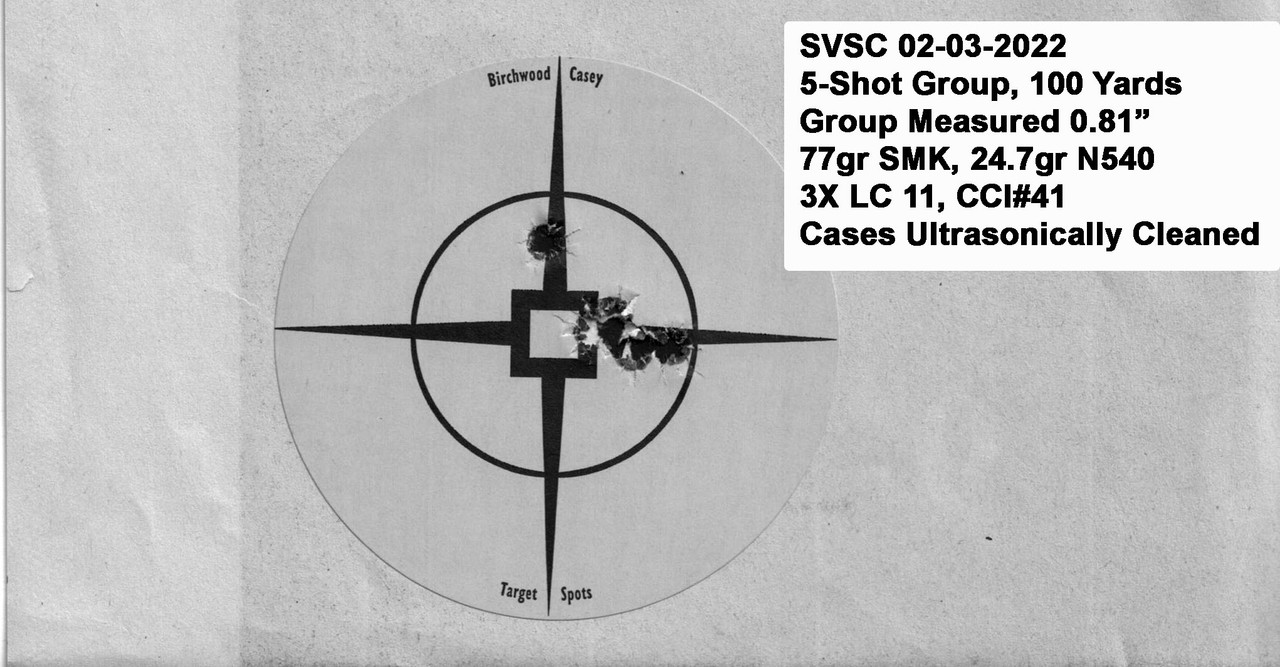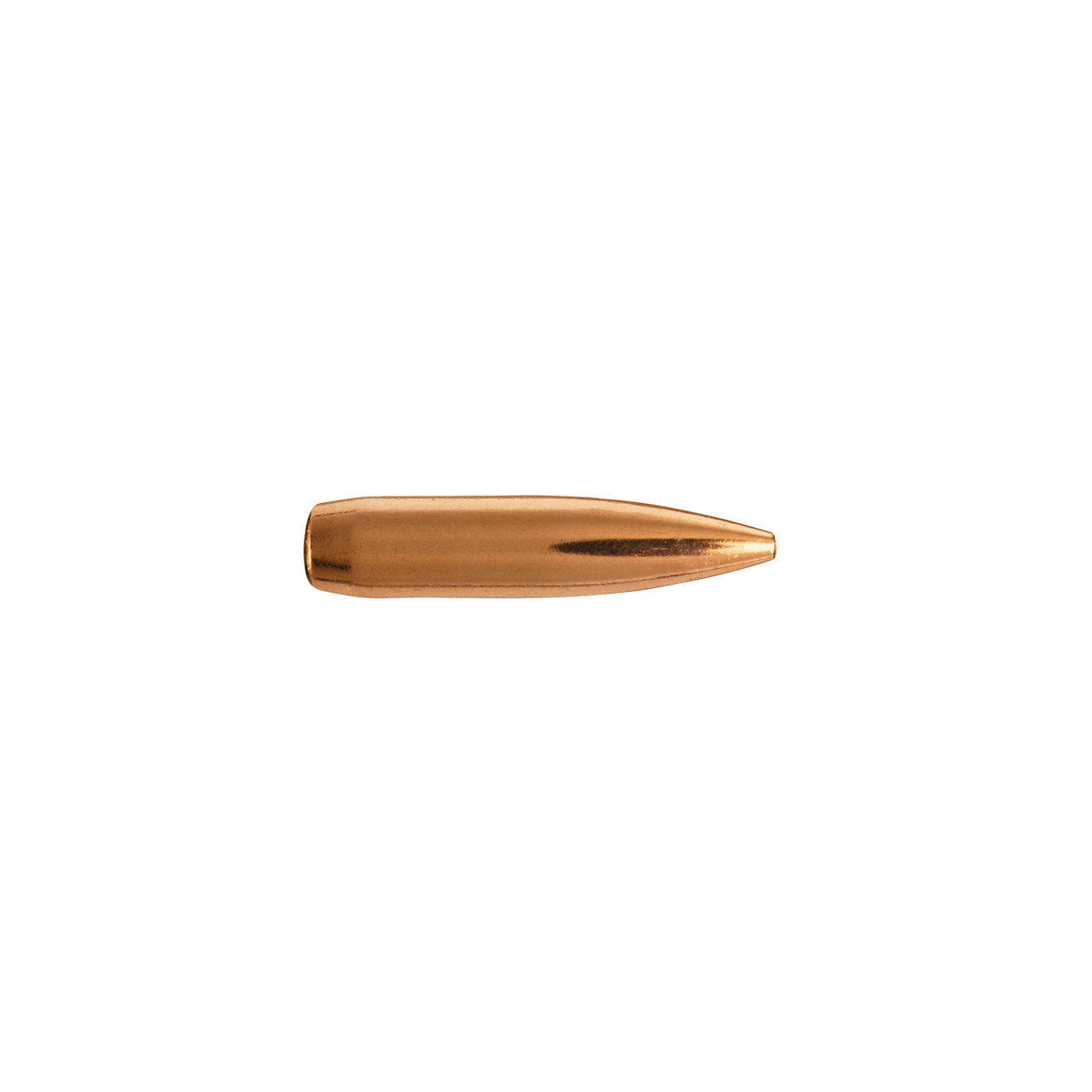Thank you for supporting me. Yup, basically, at 2.260, meaning the pressure ring near the boat tail has been pushed past the neck and with rather little effort I can push the bullet into the case or if I chamber the round the bullet slides forward from the momentum.I am trying to wrap my head around your issue. Are you saying that at 2.260 your bullet just falls into the case or under pressure?
A sierra 77 isn't going to be any different. I shoot both and have never had this issue.
I’m getting ready to buy a box of 77 grain SMK‘s with hope that they fix the problem.
Can you please watch this brief video I uploaded to YouTube and let me know if you have the same issue with your Berger and SMK‘s? Effectively it is showing how the boat tail of the bullet is wider than the Bering surface. I’m rather confident this is what’s causing my problem though mathematically it doesn’t make sense it’s only .001.




